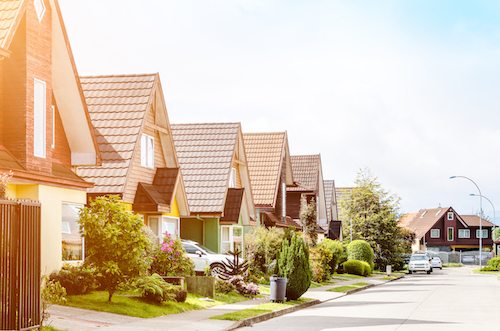
At just over 64 percent, the national homeownership rate among U.S. adults remains stubbornly low. For young adults between the ages of 25 and 34, the rate is even lower than it was less than a generation ago, but precisely why hasn’t been clear.
With the release of a new study, researchers from Freddie Mac sought to chart the homeownership rate among Americans younger than 35, as well as understand why it remains far below its historical average, and whether that trend looks likely to continue into the future.
Using data between 2000 and 2016, Freddie Mac economists created a statistical model that concluded the rising cost of homeownership was not only the primary factor behind reduced homeownership rates among young adults — it represented half of the entire problem.
“To put this in perspective, around 700,000 young adults did not buy a home between 2000 and 2016 because of increases in inflation-adjusted home prices and rents,” the report explained. The declining marriage and fertility rate was found to be the second-biggest contributor, removing 300,000 young adults from the homeownership ranks in 16 years. The young adult homeownership rate in 2016 was about 8.2 percent lower than in 2000.
While the cost of purchasing a home is bound to rise over time, so is personal income in times of economic growth. The problem, according to the Freddie Mac report, is that incomes have not increased as quickly as home prices. That’s true even though seemingly small changes in household income have a big effect on homeownership for young adults.
For example, Freddie Mac’s statistical model found that for every 1 percent increase in income, a young adult was around 11 percent more likely to be a homeowner. Even the source of that income could matter — the model also found that self-employed young adults were 5 percent more likely than average to be homeowners.
With this data sorted out, researchers were able to estimate where the homeownership rate among young adults was headed. Under the best-case scenario, in which income rises faster and home prices moderate, Freddie Mac projected less than a 1 percent increase in the homeownership rate for young adults by 2025 — from 37.5 percent in 2016 to 38.3 percent. On average, however, their model projects the rate to continue falling slightly, while under pessimistic predictions, it drops more than 3 percent between 2016 and 2025.
A few other interesting insights pulled from the report:
- The cost of buying a home has tended to increase quickly for young adults because more are moving to expensive urban areas. According to Freddie Mac, the share of young adults living in metro areas grew from 63 percent in 2000 to 82 percent in 2016.
- Young American adults born outside the U.S. were considered 11 percent less likely to be homeowners than natural-born citizens of the same age, according to Freddie Mac’s model. However, this effect tends to diminish the longer foreign-born young adults have resided in the U.S.
- If trends had continued, around 1.6 million more young adults would have become homeowners between 2000 and 2016, according to the study.
- Around 13 percent of the young adult homeownership gap cannot be explained under Freddie Mac’s model. “This remaining portion of the gap may be due to unmeasured characteristics such as preferences, creditworthiness, borrowing constraints, disparity in financial wealth across groups and student debt,” the report said.
